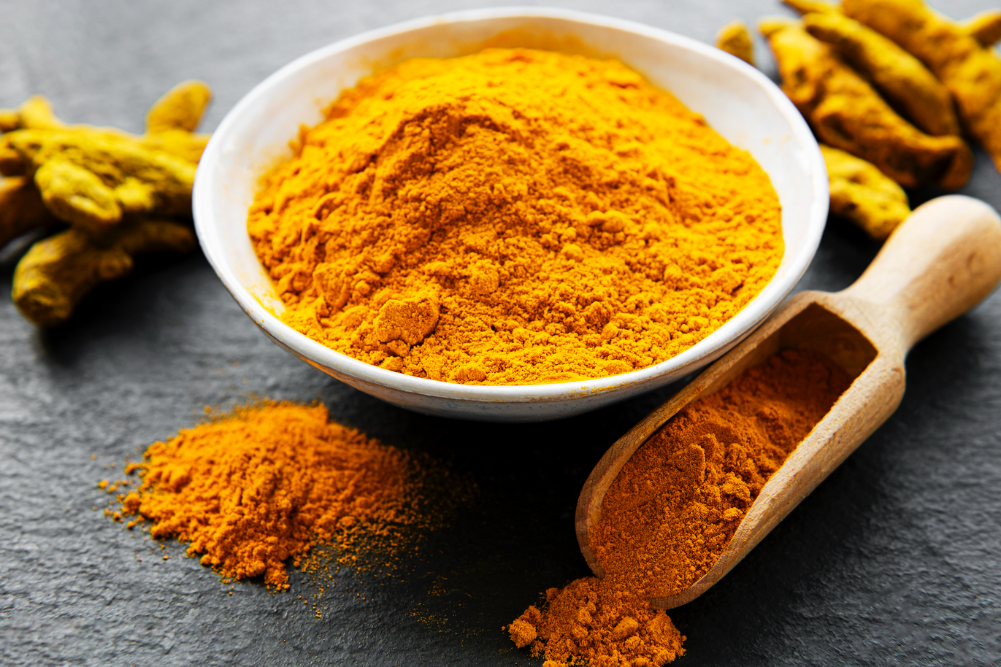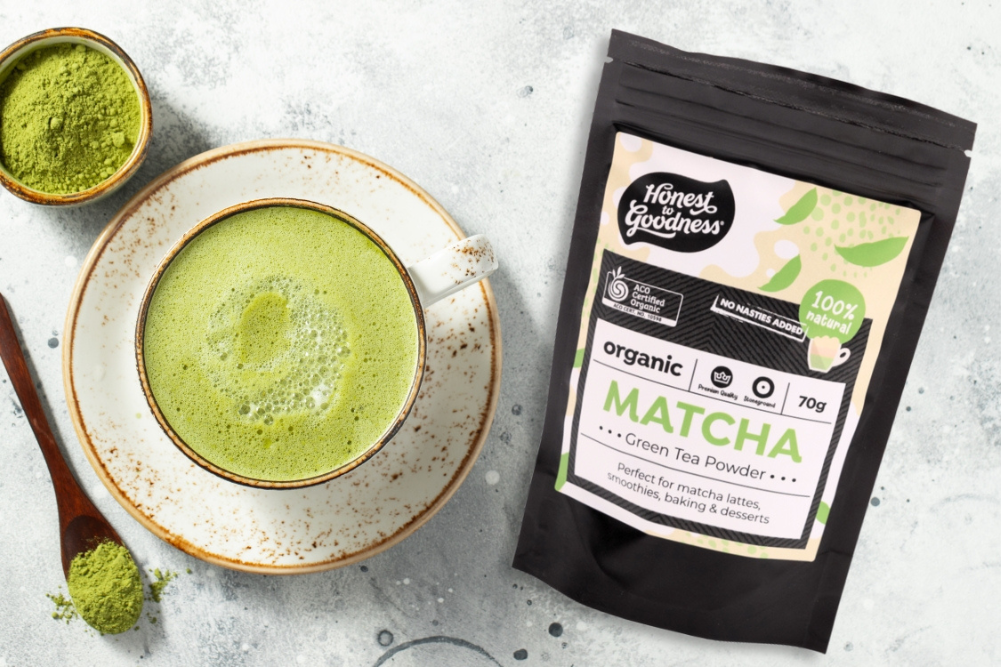Too Much of a Good Thing
Returning to the Clinic
A middle-aged gentleman revisited the clinic. He was very keen on improving his health and for many years had been reading health articles and consulting with our clinic. Until recently, we had not seen him for about three years – he had been consulting with other practitioners and become very interested in Ayurveda as a dietary approach. He was single and still lived with his ageing mother.
Symptoms and Background
His recurring health problems were a persistent cough and digestive issues and he had noticed these seemed to be a problem in tandem – when his digestion deteriorated, so did his cough. The gut-lung axis is much written about so this is not unusual. Not surprisingly, both have similar embryonic origins.
He had been following an Ayurvedic diet for the last two years and, while some things had improved, others had deteriorated. His digestion was deteriorating. He was nauseous, had increasing (although intermittent) abdominal pain and diarrhoea, including faecal incontinence – all of which was seriously affecting his lifestyle – and had become very low in energy.
On testing, he was anaemic and his liver enzymes had risen (particularly the AST). He was experiencing increased cravings for sugar and his gut tests showed lowered ability to metabolise oxalates in foods.
Assessing Diet, Lifestyle, and Curcumin
He was type A blood so was following a vegetarian diet with lots of green leafy vegetables, legumes (no grains) and adding spices to all his meals – mainly cumin, cinnamon and turmeric. Some years earlier, he had been given my recipe to activate turmeric (curcumin is not readily bioavailable unless processed), so was doing this regularly.
He had been taking supplements for many years including curcumin in two forms to reduce inflammation, vitamins C and E, N-acetyl cysteine for liver detoxification and an adrenal formula, and protein-digesting enzymes after meals. Since commencing an Ayurvedic diet, he had stopped his vitamins and NAC and was drinking liquorice-root tea daily and had recently added in triphala (a digestive herbal mix).
He was not exercising regularly, being very busy at his computer job, and rarely went outside, so his vitamin D levels were very low. While he was trying to protect himself from electromagnetic fields (EMFs), these were still having an impact, mainly in difficulty sleeping.
Identifying the Cause
An interesting case, as while I knew the history of his problems, and his lack of exercise and environment needed improvement, his diet appeared appropriate for his blood group. But with his deteriorating digestive and lung issues, it was necessary to look further.
Correcting the basics, he was encouraged to exercise daily for 20-30 minutes outside, have no electronic equipment in his bedroom and to stop using a computer or mobile phone at least two to three hours before bed. He was also advised to take a daily high-dose vitamin D3 and K2 supplement.
Looking for an underlying symptom picture, it became clear that he was having a toxicity problem and the most obvious cause of this was potentially an overdose of turmeric (curcumin). While curcumin has many health benefits and is indispensable for many people, he had been taking very high doses for a very long time. Checking out the symptoms of a turmeric overdose, it was remarkable how these fitted.
Curcumin is known to bind with iron and reduce its absorption (its excess can lead to anaemia). An excess causes gastrointestinal symptoms of nausea, pain and diarrhoea and can impact negatively on the liver – particularly raising the AST enzymes. His vegetarian diet contained high levels of oxalates. Curcumin lowers blood sugar levels (beneficial for diabetics) but, in this case, was causing a hypoglycaemic reaction and increasing sugar cravings. A turmeric overdose fitted his symptom picture surprisingly well.
Treatment and Improvement for Curcumin Overconsumption
The first step was to stop, or at least significantly reduce, his turmeric (curcumin). A maximum turmeric consumption of twice a week was recommended. We reduced the highest oxalate foods in his diet – soy, nuts and alternative milks, hot chocolates, dried fruit and leafy greens such as Swiss chard and spinach (unless parboiled). His daily liquorice-root tea was stopped – over time, this can lower potassium and cause other health issues including lack of energy.
After one month of these changes, he was already improving (his gut felt better after a few days of no turmeric). His cough was becoming more manageable and his energy was improving. So, he was happy to continue this routine until we re-evaluate his condition








